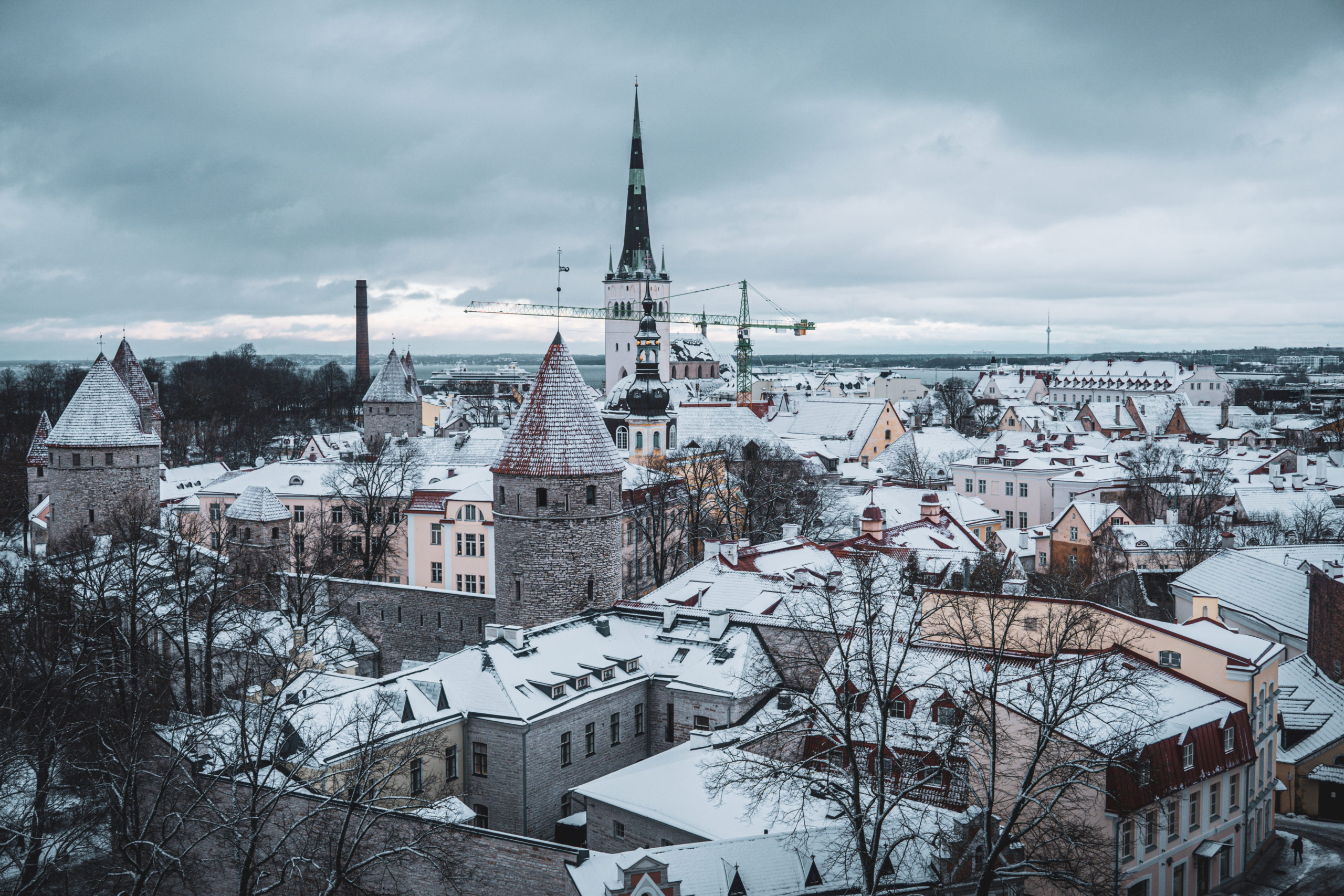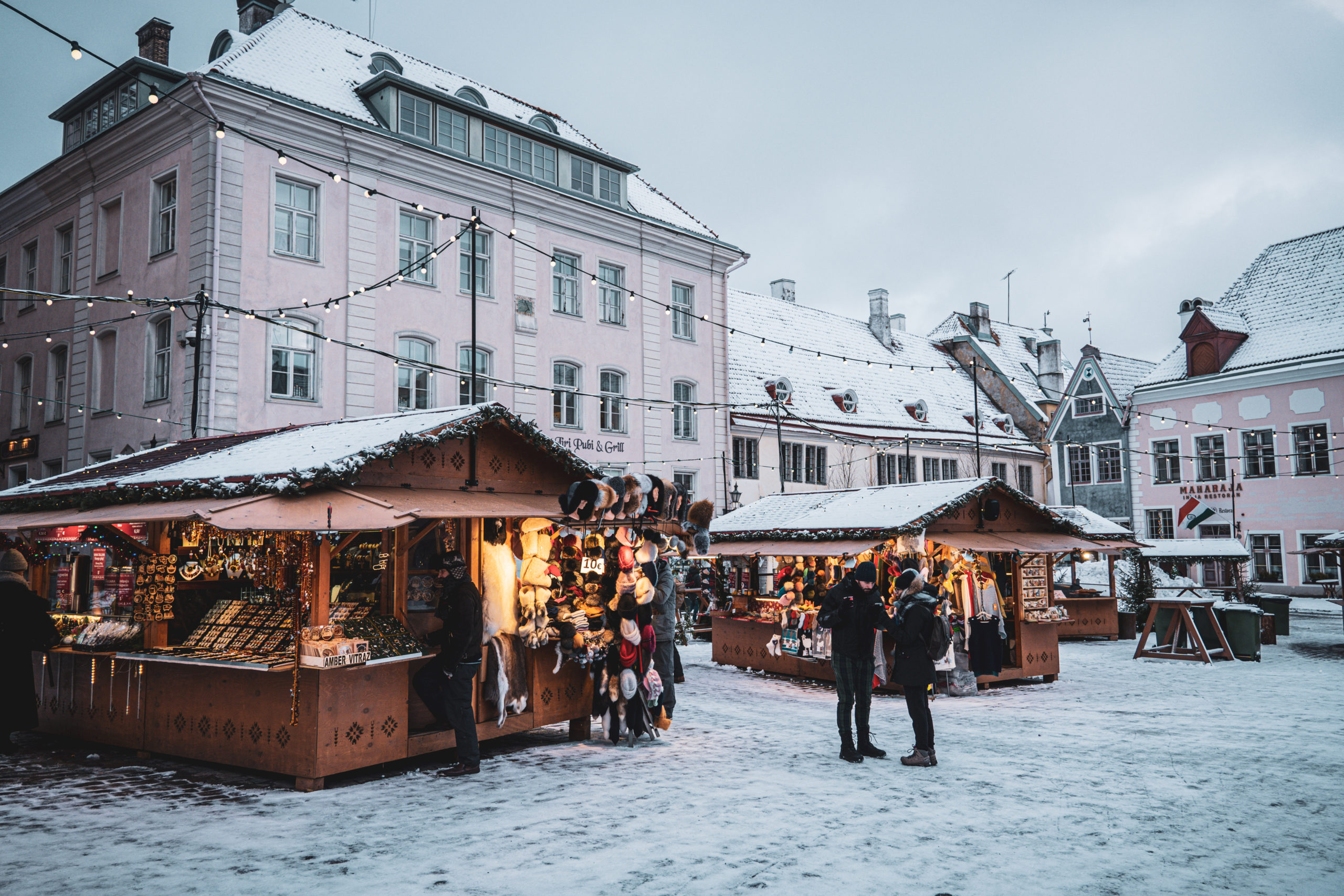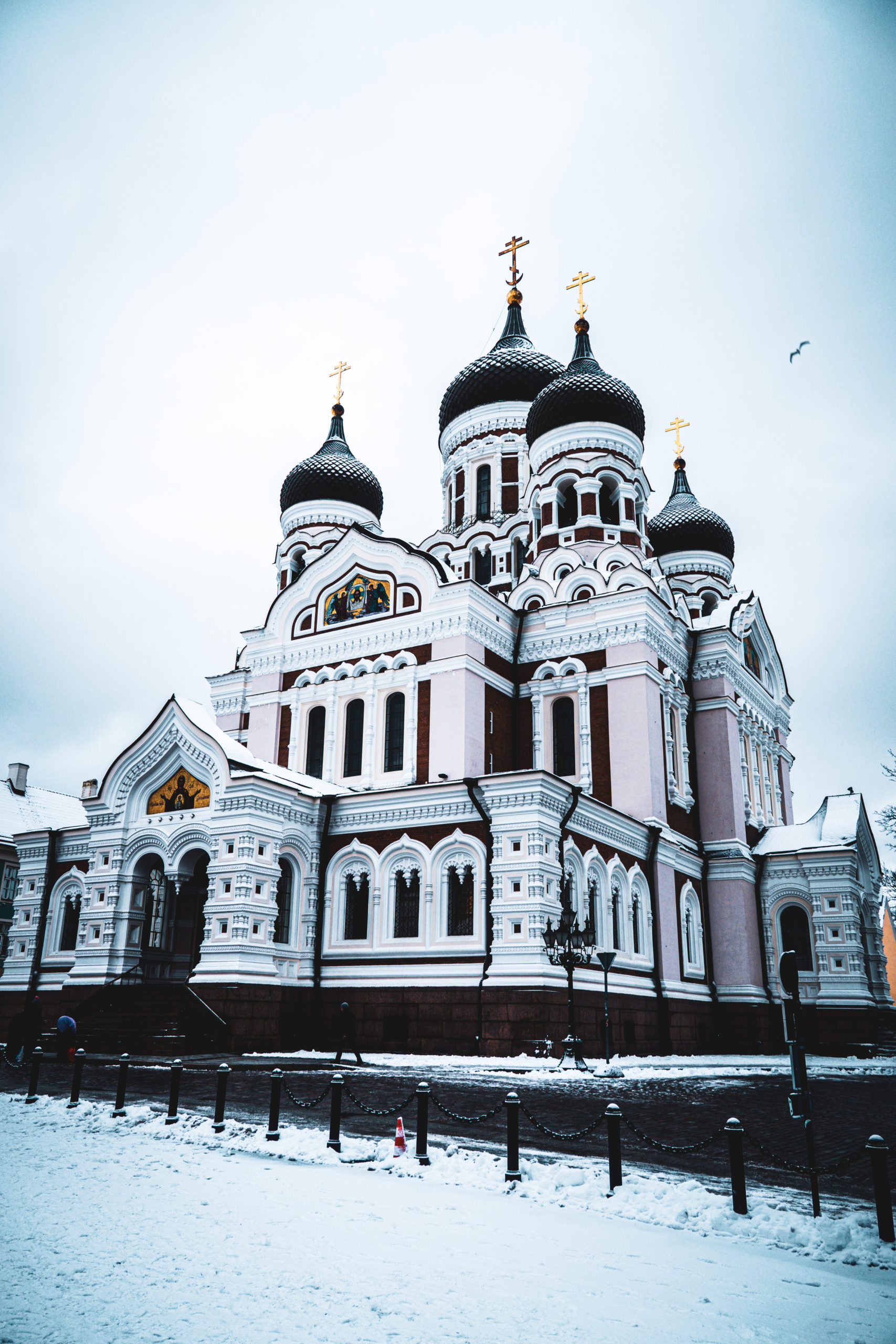Estonia is a small country located in Northern Europe, situated on the eastern coast of the Baltic Sea. It is bordered by Russia to the east and Latvia to the south, and shares maritime borders with Finland and Sweden. Despite its small size, Estonia is a country rich in culture, history, and natural beauty, making it an increasingly popular travel destination.
History in Estonia
Estonia has a long and complex history, shaped by a variety of different cultures and civilizations over the centuries. The country was first settled by Finno-Ugric tribes around 10,000 years ago, and was later ruled by Danish, German, Swedish, and Russian powers. During the Soviet era, Estonia was part of the USSR, and only gained independence in 1991.
Culture in Estonia
Estonia has a unique and vibrant culture, which is reflected in its language, music, literature, and art. The Estonian language is one of the few surviving members of the Finno-Ugric language family, and is known for its complex grammar and rich vocabulary. Estonian folk music is also renowned for its haunting melodies and intricate harmonies, and is often performed on traditional instruments such as the kannel and the torupill.
Estonia is also home to a thriving contemporary arts scene, with many galleries and museums showcasing the work of both local and international artists. The country’s capital, Tallinn, is particularly known for its thriving arts community, with many exhibitions and events taking place throughout the year.
Nature in Estonia
Estonia is a country of great natural beauty, with vast forests, pristine lakes, and a long coastline that stretches for over 3,700 kilometers. The country’s varied landscape is home to a rich array of flora and fauna, including many rare and endangered species.
One of Estonia’s most famous natural landmarks is the Lahemaa National Park, located on the northern coast of the country. This park covers over 700 square kilometers of pristine forest, bog, and coastline, and is home to many rare and endangered species, including lynx, brown bears, and wolves. The park is also home to several historic manor houses, which offer a glimpse into Estonia’s aristocratic past.
Another popular natural attraction in Estonia is Soomaa National Park, located in the southwest of the country. This park is known for its vast wetlands, which flood during the spring thaw, creating a unique landscape of flooded forests and meadows. Visitors to Soomaa can explore the park by canoe or kayak, or take a guided tour of the wetlands.
Cities and Towns
Estonia’s towns and cities offer a fascinating glimpse into the country’s history and culture, with many well-preserved medieval buildings and fortifications. The country’s capital, Tallinn, is particularly renowned for its medieval Old Town, which is a UNESCO World Heritage Site. The Old Town is home to many historic buildings, including the Toompea Castle, the Town Hall, and the Alexander Nevsky Cathedral.
Other notable towns and cities in Estonia include Tartu, which is home to the country’s oldest university, and the island of Saaremaa, which is known for its picturesque landscapes and historic windmills.
Estonia is a country that is rich in history, culture, and natural beauty. From its medieval towns and cities to its pristine forests and wetlands, there is something for everyone to discover in this small but fascinating country. Whether you’re interested in history, culture, or simply want to experience the beauty of Estonia’s natural landscapes, be sure to add this unique country to your travel bucket list.


